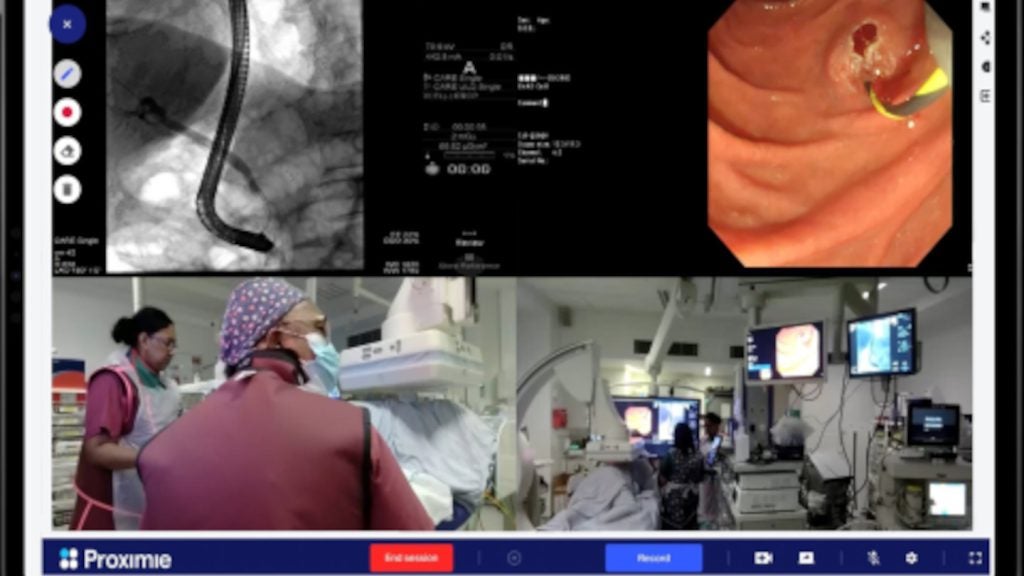
Concept: Georgia Tech researchers have developed a 3D printed antenna that can amass electromagnetic energy from 5G signals and use it as a source of electricity. Researchers claim that the technology could eventually transform 5G networks into a ‘wireless power grid’ for small internet-tethered devices and sensors that today require batteries to operate.
Nature of Disruption: Georgia Tech researchers have designed a flexible Rotman lens-based rectifying antenna (rectenna) system capable of millimeter-wave harvesting in the 28-GHz band for the first time. The Rotman lens is crucial for beamforming networks, which is commonly used in radar surveillance systems to see targets in various directions without shifting the antenna system. The Rotman lens, operating as an optical lens, offers six fields of view concurrently in a spider-shaped pattern. Adjusting the lens shape leads to a structure with a single angle of curvature on the beam-port side and the other on the antenna side. The researchers claim that the set-up facilitates the structure to map a set of selected radiation directions to a concerned set of beam-ports. In this way, the lens is used as an intermediate component between the receiving antennas and the rectifiers, and thus capable of 5G energy harvesting.
Outlook: The antenna is said to have achieved a 21-fold increase in harvested capacity over a referenced equivalent while retaining the same angular coverage. Georgia Tech researchers claim that the technology has the potential to replace many wireless sensor batteries, especially for smart cities and smart agricultural applications. The commercialization of such technology can enable telcos to offer ‘power-as-a-service’, which can be the next big thing in the telecommunications industry.
This article was originally published in Verdict.co.uk







